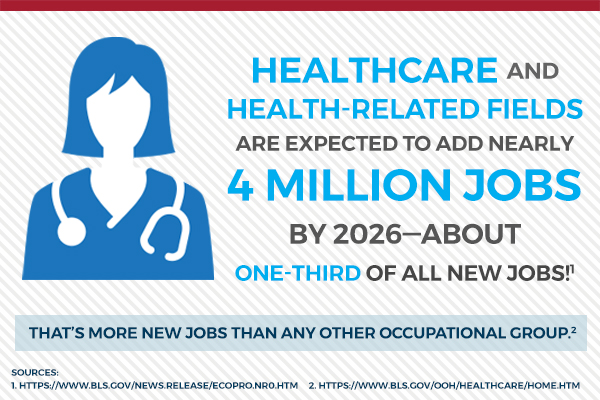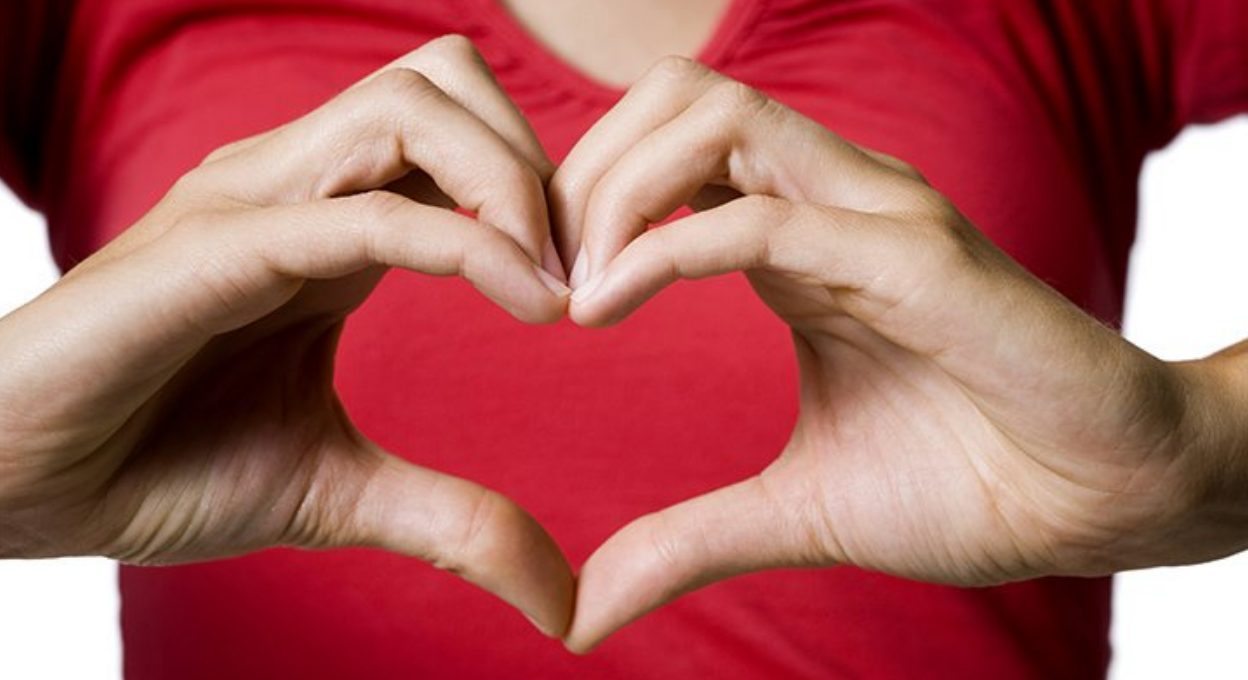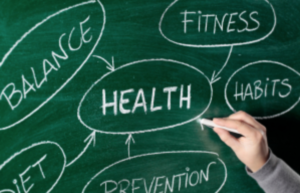Mandl School Respiratory Therapy students have been honored with prestigious recognition. And we couldn’t be more proud of them and their professors.
Training and Educating at Mandl
Mandl School has been training and educating students to enter the Health Care industry for almost 100 years. Our graduates work in hospitals all across the NYC metro area and around the country thriving in Health Care careers such as Surgical Technologist, Medical Assistant, Dental Assistant, Health & Human Services, Diagnostic Medical Sonography, Healthcare Administration, and Respiratory Therapy. This year, we sent, for the very first time, a team to compete in the New York Downstate Association for Respiratory Therapists (NYDART) Academic Challenge. And we are so proud to announce that our team of Leah Degnan, Anita Dipnarine, Justina Gurk and Albert Picardo placed second and have qualified for the finals in this competition!
The New York Downstate Association for Respiratory Therapists Inc.
 The New York Downstate Association for Respiratory Therapists Inc. is a Non-Profit 501C6 Association directed by dedicated volunteer Respiratory Therapists with a mission to provide all RTs working or living in the NY Downstate vicinity with superior quality educational programs, conferences and symposiums to fulfill the continuing education requirements for licensure and a vision to improve patient care while promoting and advancing the Profession of Respiratory Therapy.
The New York Downstate Association for Respiratory Therapists Inc. is a Non-Profit 501C6 Association directed by dedicated volunteer Respiratory Therapists with a mission to provide all RTs working or living in the NY Downstate vicinity with superior quality educational programs, conferences and symposiums to fulfill the continuing education requirements for licensure and a vision to improve patient care while promoting and advancing the Profession of Respiratory Therapy.
Mandl School Respiratory Therapy Program
As one of the top Respiratory Therapy schools in NYC, Mandl School, The College of Allied Health provides a degree program that works to meet the needs of our nation’s dynamic, fast-paced health care field. This industry is evolving rapidly and demands well-trained, licensed respiratory therapists and respiratory therapy technicians to staff hospitals, sleep labs and other health-related facilities.
The objective of Mandl School’s Respiratory Therapy Program is to provide students with a learning environment that will enable them to acquire requisite knowledge and skills to practice the profession of respiratory therapy, which shall be undertaken pursuant to the direction of a duly licensed physician and is defined as the performance of cardiopulmonary evaluation, respiratory therapy treatment techniques, and education of the patient, family and public.
Mandl is one of only a few programs available in the NYC metro area and one of the most well respected in the country. We are always proud of our student’s hard work and dedication – today we are extra proud of the recognition Leah, Anita, Justina and Albert have received for themselves, their team and our entire program.
Congratulations!!
 To contact Mandl School, please call 212-247-3434 or click here to fill out a short form so we can contact you!
To contact Mandl School, please call 212-247-3434 or click here to fill out a short form so we can contact you!
 Mandl School
Mandl School



